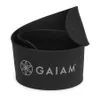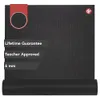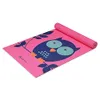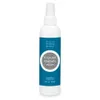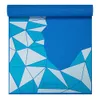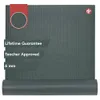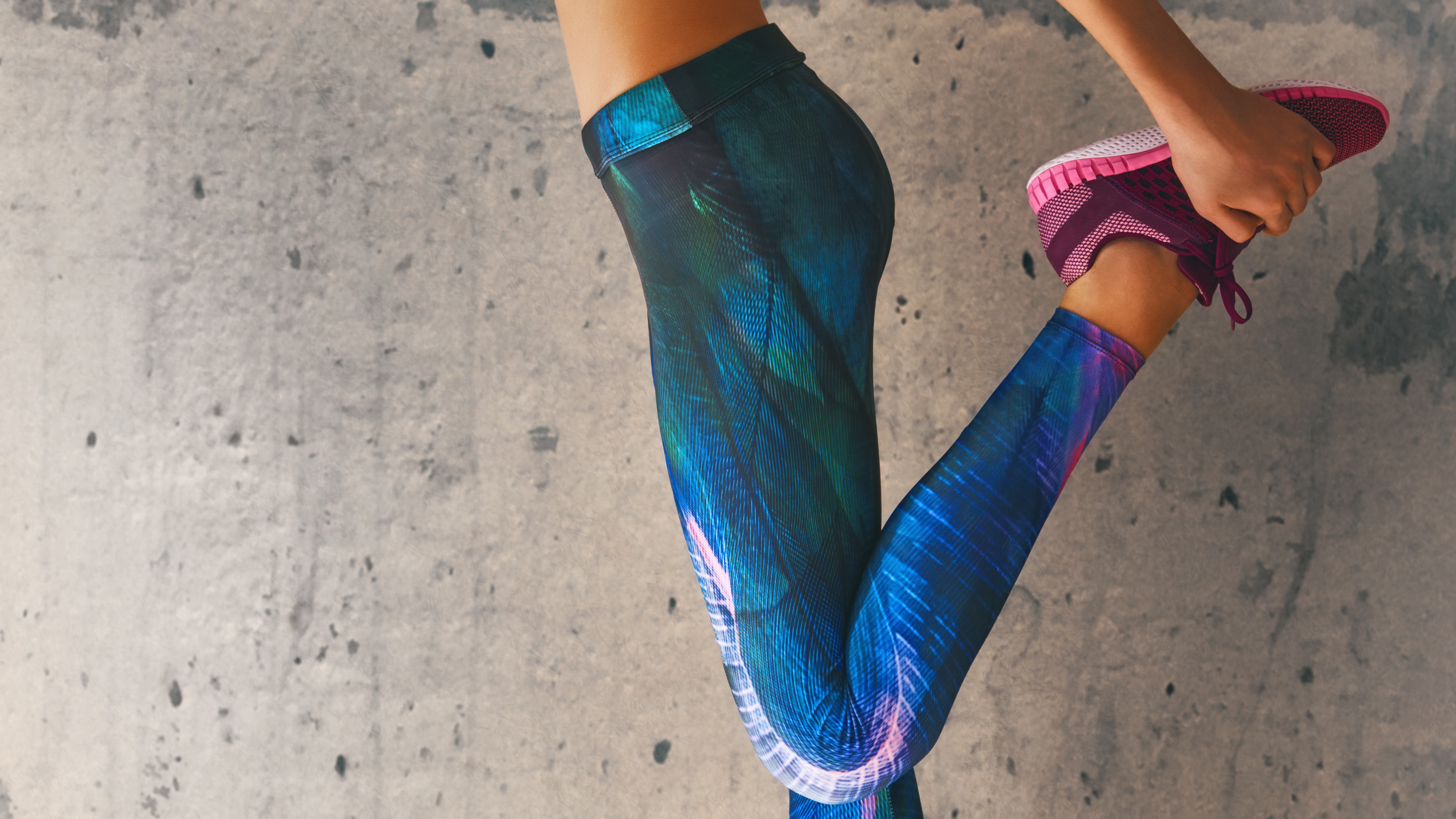
The bear squat, also called loaded beast, is one of my favorite exercises for developing lower body flexibility and building stronger ankles. The bodyweight exercise is a horizontal squat that torches the quad muscles while engaging your core and upper body.
I program the muscle-torching move during bodyweight workouts and as a mobility exercise for the lower body. While performing the squat, the horizontal body position engages the whole body and can have a lower impact on the joints for those with limited mobility during squats.
You just need one of the best yoga mats to do it, so here’s how, plus the benefits. I recommend performing the bodyweight drill for 3-4 sets of 10-15 reps with a brief rest between sets if you program the exercise as part of a workout.
Still, if you prefer using the move as part of a lower body mobility routine, you could practice moving for 30 to 60 seconds or more, practicing your range of motion, moving slowly and holding the stretch at the bottom of the squat.
What is a loaded beast?
Used often during animal flow routines (a type of exercise style that sequences animal-themed exercises into a routine designed to build strength and mobility using your body weight), the loaded beast starts in a tabletop position with your toes tucked under.
From here, the exerciser lifts the knees an inch away from the floor, braces the stomach, and then, while maintaining a flat back, sends the hips backward toward the heels, similar to a child’s pose.
What muscles does the loaded beast exercise target?
The move primarily targets your hips, glutes, quads, hamstrings and calves, but also loads the core, shoulders, chest and arms as you move forward and backward, working in the horizontal plane.
Get instant access to breaking news, the hottest reviews, great deals and helpful tips.
You can also choose to walk your hands further forward in the starting position, which means you’ll deliver an upper back and rear deltoids (backs of the shoulders) stretch at the bottom of the squat.
The move also develops lower body mobility, targeting the hips, knees and ankles through flexion and extension as you move, testing range of motion.
How to do the loaded beast exercise
Loaded beast and bear squat are used interchangeably, but there’s also a bear squat variation that moves from the starting position of the loaded beast to a downward dog, which can get confusing for some. Here’s how to do the exercise properly:
- Start in a tabletop position with your shoulders stacked over your wrists and hips over your knees
- Brace your stomach, tuck your toes to rest on the balls of your feet and lift your knees an inch away from the mat
- Either walk the hands slightly forward or the feet a few inches backward to create space
- Keep your back flat and spine neutral so that you can balance a dinner plate on it
- Slowly send your hips backward toward your heels, keeping your knees close to the floor at all times and without lifting your bum
- Sit as far back as possible into child pose without your knees touching the floor, using your hamstrings to draw you downward
- Straighten both arms and press the palms into the mat
- Hold the stretch or immediately send your weight forward into the starting position
If you’re currently dealing with an injury, knee, ankle, or hip pain, or returning to exercise for whatever reason, I strongly advise getting cleared medically by your physician first.
You can also use the beast hold — holding the tabletop position with your knees lifted — to hit your core muscles hard and practice stabilizing the body and recruiting the relevant muscle groups without moving.
Muscle contraction without flexion or extension is called an isometric contraction and is much kinder to your joints, but it won't help improve your range of motion in this case.
As mentioned, I like to use the move to burn out the lower body, particularly the quads, during bodyweight workouts. But it’s a handy mobility drill to have in the locker if you struggle with tight muscles or limited range of motion in your joints.
I recommend programming it if you find sitting low into the squat position difficult, you’re prone to your heels lifting during squats or butt winking, or you want to strengthen your ankles.
Building flexibility and lower body mobility can translate to other popular weightlifting exercises such as the Cossack squat, deadlifts and various types of squats.
More from Tom's Guide
- I'm a personal trainer — this one-minute stretch opens your shoulders and builds upper body flexibility
- Forget sit-ups — build core strength and improve your posture with this 10-minute abs workout
- Develop healthy hips and strengthen your lower body with this 3-move stretching routine

Sam Hopes is a level 3 qualified trainer, a level 2 Reiki practitioner and fitness editor at Tom's Guide. She is also currently undertaking her Yoga For Athletes training course.
Sam has written for various fitness brands and websites over the years and has experience across brands at Future, such as Live Science, Fit&Well, Coach, and T3.
Having coached at fitness studios like F45 and Virgin Active and personal trained, Sam now primarily teaches outdoor bootcamps, bodyweight, calisthenics and kettlebells.
She also coaches mobility and flexibility classes several times a week and believes that true strength comes from a holistic approach to training your body.
Sam has completed two mixed doubles Hyrox competitions in London and the Netherlands and finished her first doubles attempt in 1:11.
